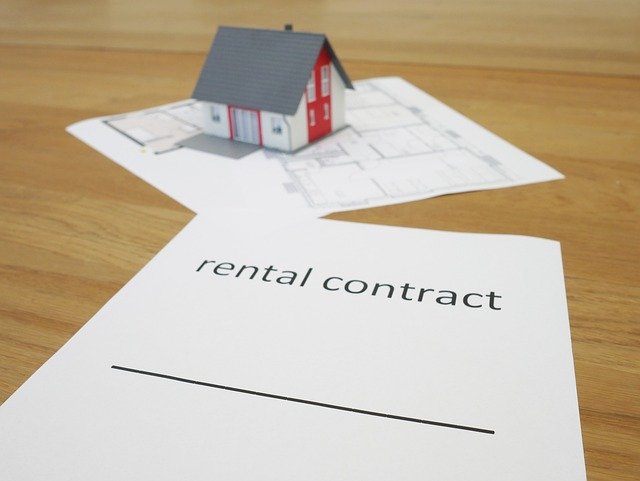The Rising Appeal of Secondary Cities in Real Estate Investment
Introduction: The real estate landscape is witnessing a significant shift in investment patterns with a growing interest in secondary cities. These emerging markets present unique opportunities and challenges. This article delves into the dynamics of secondary cities, their growing appeal, and the potential they hold for real estate investors.

The Emergence of Secondary Cities
Secondary cities are the smaller, less-populated cities that are not the primary economic hubs of a country but have shown significant growth potential. Over the years, these cities have witnessed steady economic development, demographic growth, and infrastructural improvements, making them attractive for real estate investment.
Current Market Trends in Secondary Cities
Currently, secondary cities are experiencing increased demand for residential and commercial real estate. Lower property prices compared to primary cities, improving quality of life, and burgeoning local economies are some of the factors driving this trend. Moreover, the COVID-19 pandemic has accelerated the shift towards these cities as remote working becomes more prevalent, making geographic location less crucial for employment.
The Pros and Cons of Investing in Secondary Cities
Investing in secondary cities offers numerous benefits. Lower entry costs and higher potential returns due to rapid growth are major draws for investors. However, these markets may also present certain challenges. They can be more volatile and less liquid than primary markets, and their smaller size can lead to less economic diversity, making them potentially more susceptible to economic downturns.
The Impact on Buyers, Sellers, and Investors
For buyers, secondary cities offer more affordable housing options. Sellers can benefit from the increased demand, while investors can capitalize on the higher potential returns. However, the potential risks associated with these markets mean that thorough due diligence and market research are essential for all parties involved.
Investing in Secondary Cities: An Expert Analysis
Despite the potential risks, many real estate experts believe that the rewards of investing in secondary cities outweigh the challenges. They argue that these markets are undervalued and have significant potential for growth, making them an attractive option for savvy investors seeking to diversify their portfolios.
In conclusion, the rise of secondary cities represents a significant shift in the real estate landscape. As these markets continue to develop and evolve, they will likely play an increasingly important role in the world of real estate investment.




